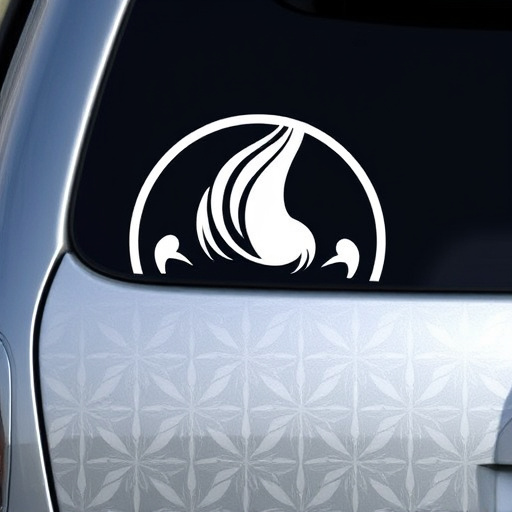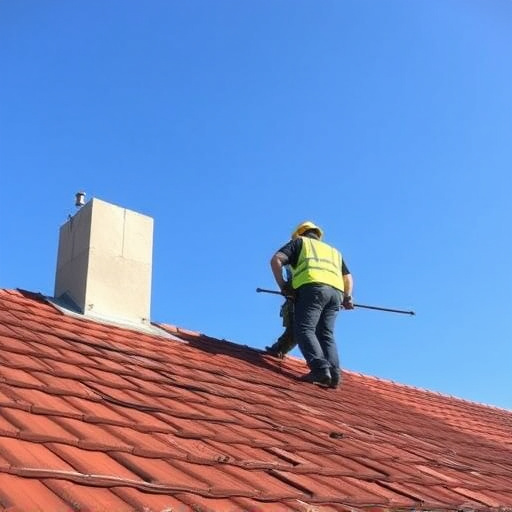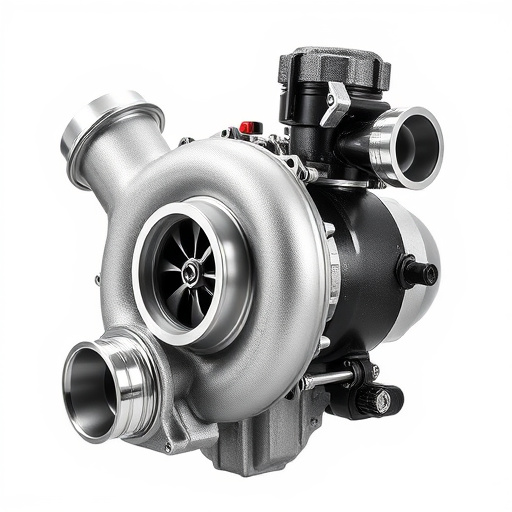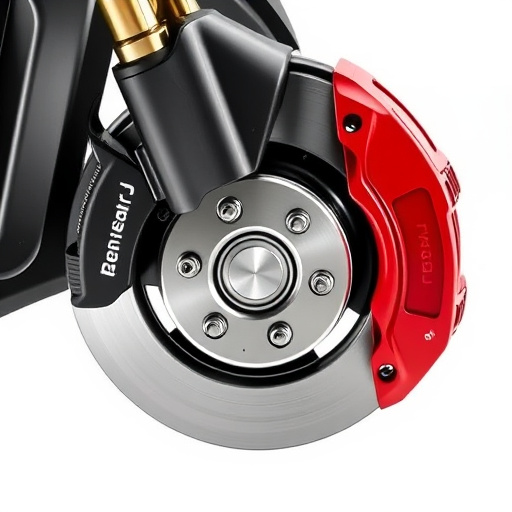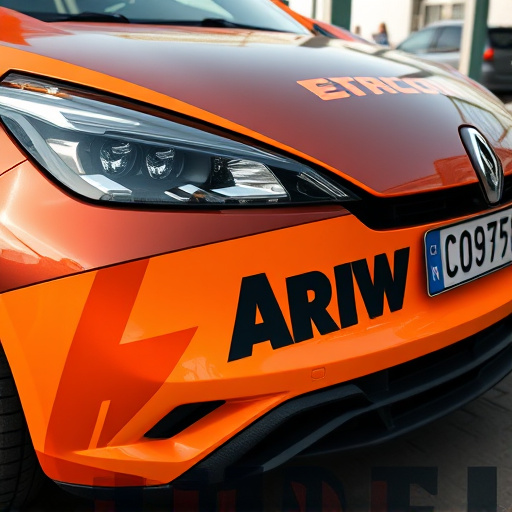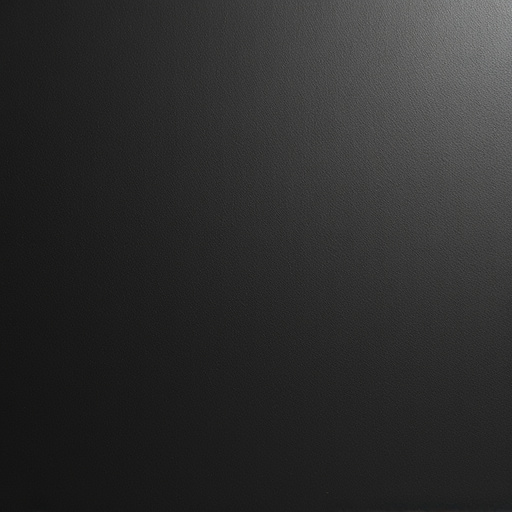Paint enhancement offers a cost-effective solution for restoring and improving painted surfaces, addressing scratches, swirls, and faded colors with techniques ranging from touch-ups to advanced protective coatings. These enhancements provide durability, resistance to environmental factors, and personalization options. For minor imperfections, paint enhancement products are ideal for vehicle owners seeking to restore their car's aesthetic appeal without extensive repainting. However, significant damage may require a complete paint job, and while enhancing gloss and color, enhancers might not match the durability of ceramic coatings or UV protective layers.
Can paint enhancement fix minor imperfections and bring new life to your surfaces? Discover the power of paint enhancement technologies in this comprehensive guide. We’ll explore how these innovative solutions address common paint issues, from scratches and chips to faded colors and rough textures. Learn about the benefits and potential drawbacks of using paint enhancement for repairs, and unlock the secrets to achieving a flawless, like-new finish without complete repainting.
- Understanding Paint Enhancement and Its Capabilities
- Addressing Minor Paint Imperfections with Paint Enhancement
- The Pros and Cons of Using Paint Enhancement for Repairs
Understanding Paint Enhancement and Its Capabilities

Paint enhancement is a process designed to restore and improve the appearance of painted surfaces, offering a cost-effective alternative to complete repainting. It involves the application of specialized products and techniques to address various defects such as scratches, swirls, minor chips, and faded colors. These enhancements can range from simple touch-ups using high-quality paints to more advanced solutions like protective coatings and custom vehicle wraps.
The key to paint enhancement’s success lies in its ability to fill in imperfections, even out the surface, and provide a durable, glossy finish. Protective coatings, for instance, create a barrier between the paint and environmental factors, enhancing durability and resistance to heat rejection, UV radiation, and oxidation. Custom vehicle wraps offer an array of colors, designs, and textures, allowing owners to personalize their vehicles while still benefiting from the protective properties of these advanced coatings.
Addressing Minor Paint Imperfections with Paint Enhancement

Addressing minor paint imperfections with paint enhancement products can be a game-changer for vehicle owners looking to restore their car’s aesthetic appeal. These enhancements are designed to correct small issues like swirls, scratches, and chips in the paintwork, revealing a smoother, more refined finish. The process involves applying a topcoat or sealer that fuses with the existing paint, filling in defects and creating a protective barrier. This not only enhances the visual appearance but also provides scratch protection, keeping the car looking new for longer.
For car customization enthusiasts, paint enhancement offers an affordable solution to achieve a high-gloss finish without the need for costly repainting. Additionally, ceramic coatings—a popular choice among those seeking superior scratch and UV protection—can be applied as part of this process, providing long-lasting defense against environmental damage and maintaining the car’s original color and luster.
The Pros and Cons of Using Paint Enhancement for Repairs

Using paint enhancement products for repairing minor imperfections on vehicles has gained popularity as an alternative to full repainting. These enhancements offer several advantages that make them an attractive option for DIY enthusiasts and professional detailers alike. Firstly, they provide a cost-effective solution, saving time and money compared to traditional painting methods. Paint enhancers can fill in small chips, scratches, and minor dents, restoring the car’s original appearance without requiring extensive preparation or specialized equipment.
However, there are also considerations when using paint enhancement for repairs. One con is that it may not be suitable for more significant damage or deep scratches. For heavily damaged surfaces, a complete paint job is often necessary to achieve a flawless finish. Additionally, while these products offer benefits like improved gloss and color retention, they might not provide the same level of protection as a ceramic coating or UV protective layer, which are designed to enhance durability and heat rejection. As such, depending on the extent of the damage and desired long-term protection, choosing the right repair method is crucial.
Paint enhancement offers a cost-effective solution for repairing minor paint imperfections, allowing you to revitalise your surfaces without complete repainting. By understanding its capabilities and considering both the pros and cons, you can determine if this method is suitable for your needs. For smaller issues like scratches, chips, or faded areas, paint enhancement techniques can provide an efficient and effective repair, ensuring your surfaces look as good as new.


